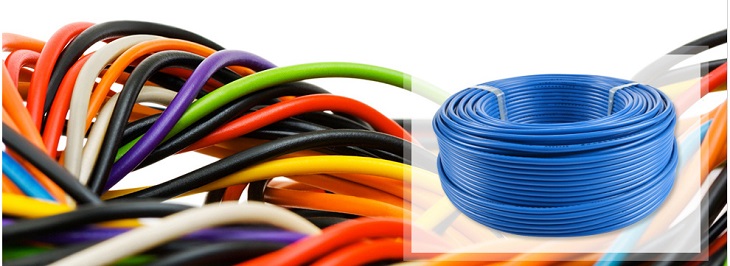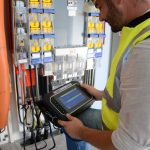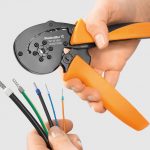 As a typical woman, I simply don’t have the head for hardware talk. What make up and clothes are to us women, to men its cars and hardware. Same as shades of a lipstick are undistinguishable to men, certain cables also sometimes seem undistinguishable to women, until you actually have to use them. Case in point, rubber flexible cables and PVC flexible cables. After managing to mix them up, I learned these two types of flexible cables are completely different from one another. I bet many of you reading this would have made the same mistake.
As a typical woman, I simply don’t have the head for hardware talk. What make up and clothes are to us women, to men its cars and hardware. Same as shades of a lipstick are undistinguishable to men, certain cables also sometimes seem undistinguishable to women, until you actually have to use them. Case in point, rubber flexible cables and PVC flexible cables. After managing to mix them up, I learned these two types of flexible cables are completely different from one another. I bet many of you reading this would have made the same mistake.
Sure they may share the word flexible in their names, however the way they are designed determines how and where each cable is going to be put to use. Avoid ending up with the wrong cable (like I did) for your domestic or industrial needs by knowing the difference, because the wrong cable can cost you your equipment in some cases, with damages beyond repair.
Rubber Flexible Cable
Rubber flexible cables are most commonly of heavy duty variety. They are sheathed with a thick layer of rubber allowing them to withstand the mechanical stress of industrial and construction environments. Take for instance the popular model of rubber flexible cable, HO7RN-F. The robust and durable rubber material and tight core design allow this cable to resist extreme conditions ranging from heat generated by industrial machines to cold, damp and even completely wet conditions in underwater power equipment.
Having a high heat threshold coupled with water resistance makes the rubber flexible cable a reliable choice for large industrial boilers and heating plates. The HO7RN-F is strong enough to resist severe tension and whiplash which makes it the preferred option for machines with high levels of vibration such as circular saws and drills. Another advantage which makes it very popular in industrial settings is its oil resistant property. Due to this the mechanical, automobile and petrochemical industry can all benefit from using rubber flexible cables.
This type of cable has a standard electrical potential of 450V/700V, but may also be used at 0.6 – 1 kilovolt in major motor power supplies and some fixed installations. The maximum operating temperature for rubber flexible cables is 85ºC while its minimum operating temperature is – 25ºC. According to the core number there are several types of rubber flexible cords: single core with a radius of up to 300mm2, 3 core up to 25mm2, 4 with 120mm2 and 5 core with a radius of 50mm2.
PVC Flexible Cable
Unlike rubber, PVC is a synthetic material that’s less flexible. Therefore, PVC cables are less durable and strong than the rubber ones. But that doesn’t mean they can’t be put to good use. Take HO5VV-F for example. This is the most popular type of cable found in domestic areas and small business offices. It’s mainly used with home or portable appliances, surface mounted, embedded circuits and control circuits.
PVC flexible cables can resist only weak to light mechanical stress, which makes them unsuitable for industrial and heavy-duty use. They also come with a heat resistant property which is why they are the cables of choice for home appliances that generate heat such as cookers and radiators. PVC flexible cables are standardised at 300/300V, 300/500V and 450/750 voltages and cannot come close to the powerful voltage of the rubber ones.




















